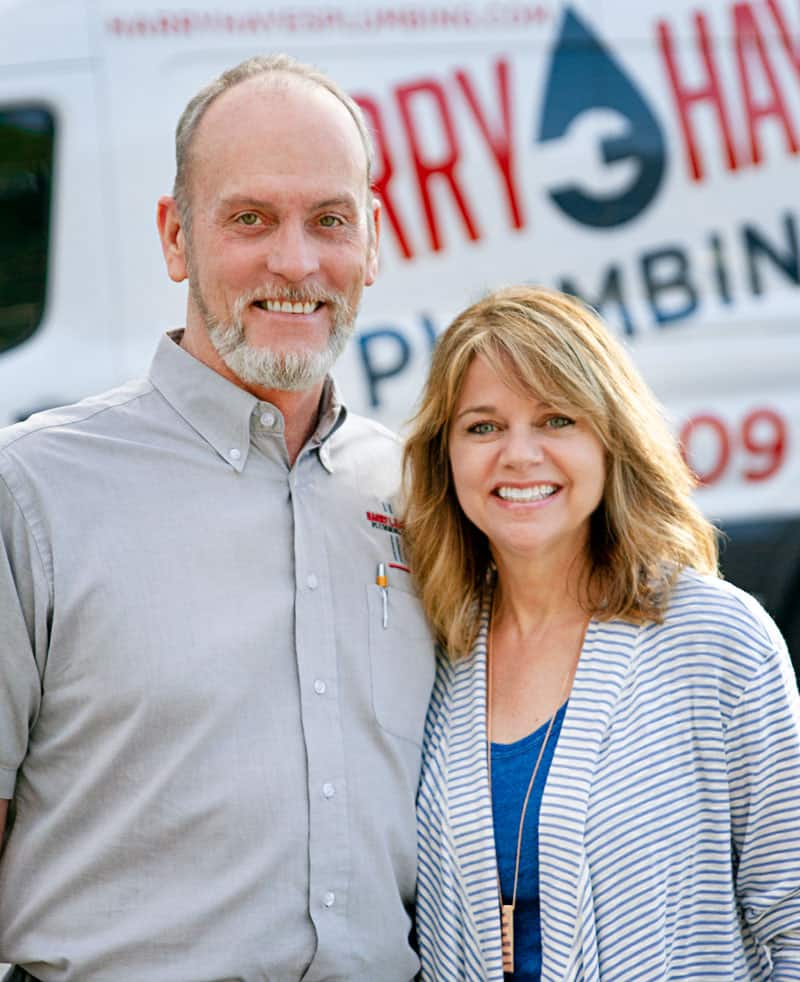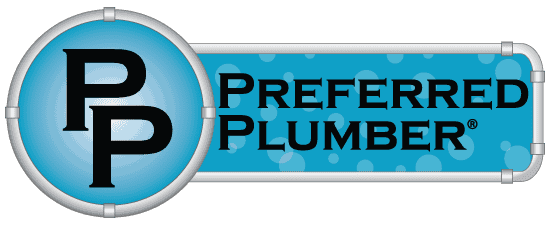 To maintain your garbage disposal and ensure it operates smoothly, consider these three key tips:
To maintain your garbage disposal and ensure it operates smoothly, consider these three key tips:
Run Cold Water: Use cold water when grinding food waste and continue to run it for 10-20 seconds after turning off the disposal to help flush debris through the drain system.
Avoid Problematic Items: Do not dispose of hard or fibrous materials like bones, celery, or eggshells, as they can jam the blades or clog the drain.
Troubleshoot with Care: If the disposal hums without grinding, it may be jammed — use an allen wrench on the bottom to unjam it. If it doesn't activate, press the reset button, usually a small red button on the bottom or side. Always ensure the power is off before attempting any fixes.
If you're having issues with your garbage disposal, give us a call. Our plumbing technicians here at Harry Hayes Plumbing are highly skilled at diagnosing and fixing garbage disposals. Click here to learn more about our garbage disposal repair and installation services.
 High water bills often stem from undetected leaks. To check for leaks:
High water bills often stem from undetected leaks. To check for leaks:
- Monitor the Water Meter: Look for a small red triangle or asterisk on your water meter, which moves when water flows through it. If it spins with all water fixtures off, you likely have a leak.
- Locate the Leak: Shut off the main water valve inside your home. If the meter's leak indicator keeps moving, the leak is between the meter and your home. If it stops, the leak is inside your home.
- Check Common Leak Sources: Indoors, a running toilet or dripping faucet can significantly increase your bill. Outdoors, even a small hole in a pipe can lead to substantial water loss.
- Professional Assistance: If you're unable to locate or fix the leak, give us a call. Harry Hayes Plumbing has specialized tools to detect leaks, even those underground.
Remember, addressing leaks promptly can save water and reduce your bill.
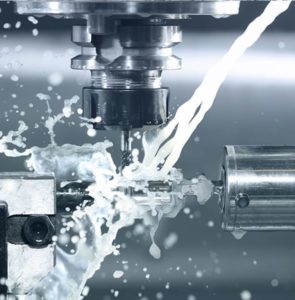 Having excessive water pressure can cause various plumbing problems, such as dripping faucets, non-stop toilets, reduced water heater lifespans, and even the possibility of burst pipes.
Having excessive water pressure can cause various plumbing problems, such as dripping faucets, non-stop toilets, reduced water heater lifespans, and even the possibility of burst pipes.
Noisy pipes and water hammer is another sign of high water pressure. It is characterized by growling and thumping type sounds coming from your pipes and is particularly noticeable at nighttime, when your house's water pressure is typically at its high point.
Here's how you can manage high water pressure:
- Identify High Water Pressure: The normal range for water pressure in homes is between 40-80 pounds per square inch (PSI). If you suspect high water pressure, consider using a water pressure gauge, an inexpensive tool available at most hardware stores, to measure your home's water pressure.
- Check for Damage: High water pressure can cause wear and tear on your plumbing system and appliances. Look out for signs of damage such as leaking faucets, constantly running toilets, or the occurrence of water hammer.
- Regulate Water Pressure: If your water pressure is consistently above 55-65 pounds, you may need to install a pressure reducing valve (PRV) or replace an existing one. A PRV helps to maintain a safe water pressure level in your home, preventing potential damage to your plumbing system.
Remember, our technicians are always available to check your water pressure and provide necessary assistance. Regular maintenance and timely intervention can help extend the life of your plumbing system and appliances, and prevent major plumbing issues.
 A dripping or leaky faucet can be a nuisance and lead to water wastage. It's often caused by worn-out parts or high water pressure. Here are three key points to remember when dealing with a leaky faucet:
A dripping or leaky faucet can be a nuisance and lead to water wastage. It's often caused by worn-out parts or high water pressure. Here are three key points to remember when dealing with a leaky faucet:
- Identify the Problem: The most common causes of a leaking faucet are damaged washers, O-rings, or valve seats. These parts can wear out over time due to friction or corrosion.
- Replace the Parts: When replacing these parts, bring the old part to the store to ensure you get the correct replacement. The parts come in a variety of different shapes and sizes, and knowing your faucet's brand or model can be helpful.
- Call a Professional: If the repair becomes too complex or if the faucet doesn't have a familiar washer, give us a call. Our plumbing technicians are highly experienced in repairing all types of faucet and sink leaks.
Remember, small leaks can escalate into larger ones, leading to costly repairs and property damage. Addressing faucet issues promptly can save water and prevent further damage.
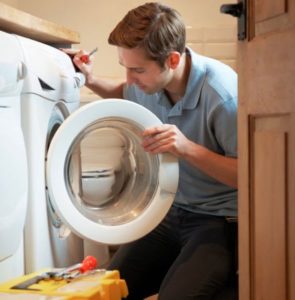 Water damage caused by burst washer hoses is among the leading causes of property damage in US homes. Here are some tips to prevent this issue:
Water damage caused by burst washer hoses is among the leading causes of property damage in US homes. Here are some tips to prevent this issue:
- Upgrade to Durable Hoses: Make use of stainless steel braided hoses instead of regular rubber hoses, which are less likely to burst and don't need to be replaced as often.
- Regular Inspections: Check hoses periodically for signs of wear such as cracks, leaks, or bulging, and replace them every 3-5 years as a preventative measure.
- Install Auto-Shutoff Hoses: For added security, consider stainless steel braided hoses with auto-shutoff features that can automatically cut off water supply if a leak is detected.
Taking these steps can significantly reduce the risk of water damage from a burst washing machine hose. Contact Harry Hayes Plumbing today to learn more about how we can help prevent water damage to your home.
 Water heaters are essential for maintaining comfort in your home. However, they can sometimes encounter issues that affect their performance. Here are some common problems and potential solutions:
Water heaters are essential for maintaining comfort in your home. However, they can sometimes encounter issues that affect their performance. Here are some common problems and potential solutions:
No Hot Water: If your electric water heater isn't producing hot water, first check the circuit breaker. If it's tripped, reset it. If the problem persists, the heating element or thermostat might be faulty and need replacement. For gas water heaters, ensure the pilot light is lit. If it's not, follow the instructions on the heater to relight it. If the pilot light won't stay lit, professional help may be required.
Inconsistent Water Temperature: Fluctuating water temperatures can be due to a faulty thermostat, a damaged dip tube, or sediment build-up in the tank. Regularly flushing the tank can help prevent sediment build-up. If the thermostat or dip tube is the issue, consider hiring a professional for replacement.
Leaking Water Heater: Leaks can be caused by a variety of issues, including pressure valve failure, loose plumbing connections, or a corroded storage tank. Check for any obvious loose connections and tighten them. If the leak is from the tank itself, it might be time to consider a new water heater
Remember, while some issues can be resolved with simple troubleshooting, others may require professional assistance. Always prioritize safety when dealing with water heater issues. For professional help, give us a call today or click here to learn more about our water heater repair and installation services.
 Tankless water heaters offer several advantages over traditional tank-type heaters. Here are three key points to consider:
Tankless water heaters offer several advantages over traditional tank-type heaters. Here are three key points to consider:
- Energy Efficiency: Tankless water heaters heat water only when it's needed, reducing energy consumption and potentially lowering your utility bills. They are more efficient than traditional tank heaters, which continuously heat stored water.
- Longevity: With proper maintenance, tankless water heaters can last up to 20 years, nearly double the lifespan of a traditional tank heater. This makes them a cost-effective choice in the long run.
- Endless Hot Water: Tankless water heaters provide a constant flow of hot water, eliminating the inconvenience of running out of hot water halfway through your shower.
Remember, while tankless water heaters can be more expensive upfront, the potential energy savings and longer lifespan can offset the initial costs. Click here to learn if a tankless water heater is right for you.
 Repiping sewer and water lines is a crucial aspect of maintaining your home's plumbing system. Here are three key points to consider:
Repiping sewer and water lines is a crucial aspect of maintaining your home's plumbing system. Here are three key points to consider:
- Water Lines: Over time, water lines, especially those made of galvanized steel, can experience a buildup of minerals like lime and calcium, which restricts water flow and decreases water pressure when multiple fixtures are used simultaneously. Repiping these lines can restore optimal water flow. Modern solutions include installing PEX pipes, which are more resistant to limescale, or implementing a whole-house water softener system to remove hard minerals from the water.
- Sewer Lines: Frequent sewer line clogs could indicate a larger issue such as a broken pipe or tree roots infiltrating the line. Regular inspections using sewer cameras can help identify and resolve these issues. In severe cases, the entire sewer line may need to be replaced. It's important to avoid flushing items like wipes, paper towels, or pouring grease down the drain as these can contribute to clogs.
- Repipes Process: Repiping involves replacing all the old water supply lines in your home. This process, which can take between 1 to 7 days depending on the size of the home and the number of water lines, includes shutting off and draining all water lines, protecting furniture and floors, cutting drywall to expose old pipes, installing new pipes, testing for leaks, and finally replacing and painting the drywall.
Remember, regular maintenance and inspections can help identify potential issues early, prolonging the lifespan of your plumbing system and ensuring efficient operation. Click here to learn more about our repiping process.
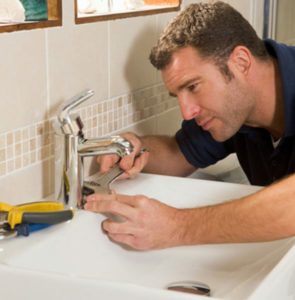 Repairing a damaged faucet handle and valve seat is a crucial part of maintaining your home's plumbing system. Here are three key points to consider:
Repairing a damaged faucet handle and valve seat is a crucial part of maintaining your home's plumbing system. Here are three key points to consider:
- Understanding the Problem: If the washer in your faucet becomes excessively worn before replacement, the metal components can grind against each other, causing damage to the valve seat. This damage can lead to mineral deposits and water particles getting trapped between the washer and seat, which can further damage the seal beyond a simple washer replacement.
- Removing and Repairing the Faucet Seat: To remove a damaged faucet seat, a specialty seat wrench is required. Once removed, the seat can sometimes be repaired by placing sandpaper on a flat hard surface, and rubbing the seat on the sandpaper until the seat surface is flat and evened out. If the seat needs replacing, it's important to bring the old seat with you to ensure you purchase an exact match.
- Identifying a Bad Valve Seat: A bad valve seat can cause issues such as water dripping from around the handle area, regardless of whether the faucet is on or off. If you encounter this issue, it's time to call in a professional to replace your valve seat. Replacing a valve seat can be a bit tricky and may require specialty tools like a seat wrench, valve seat grinder, or dresser.
Remember, if you're unsure or uncomfortable performing these repairs yourself, it's always best to give us a call to ensure the job is done correctly and safely.

